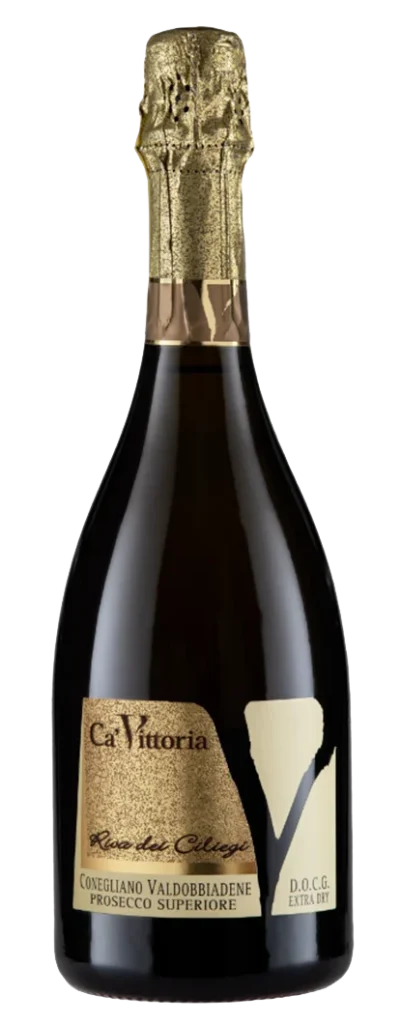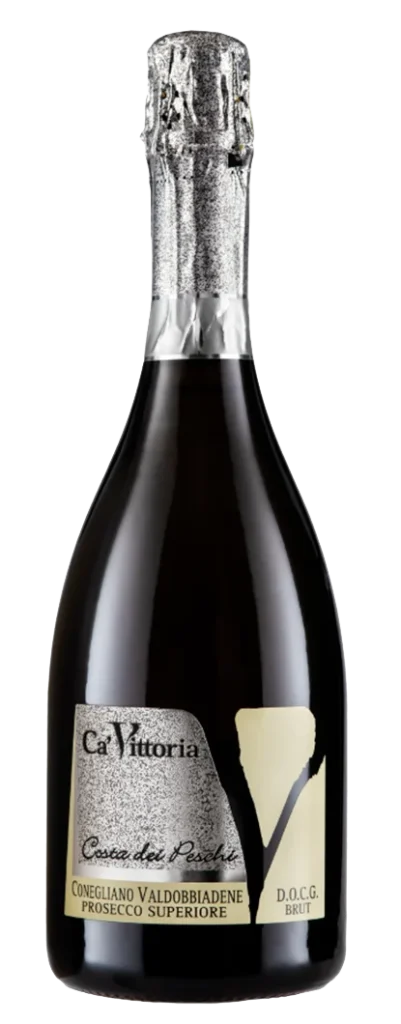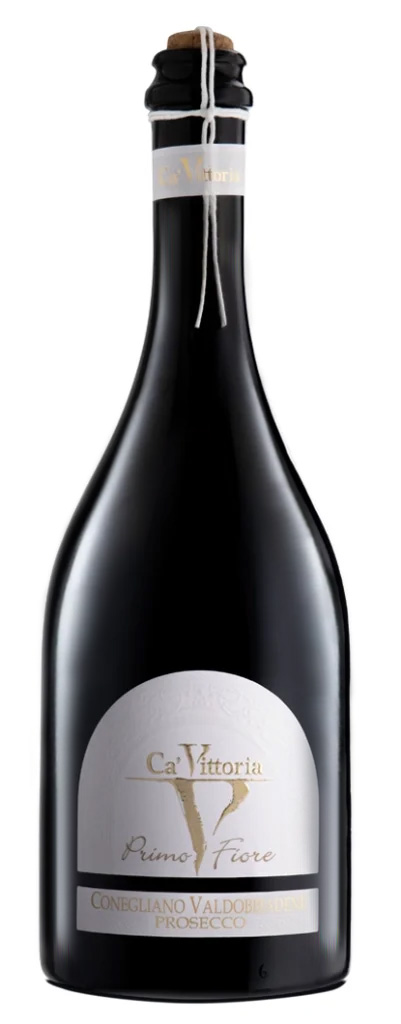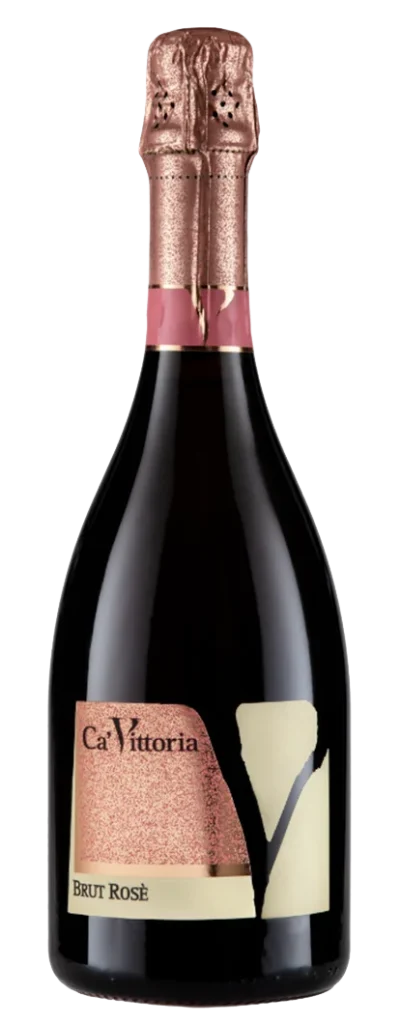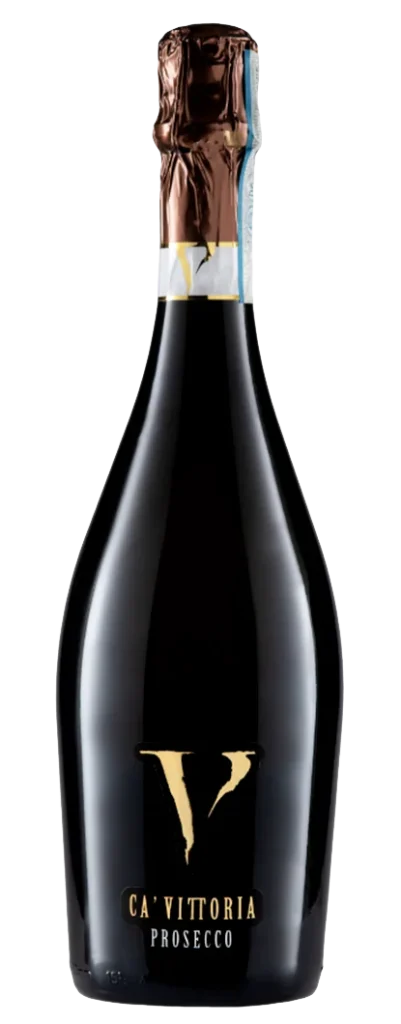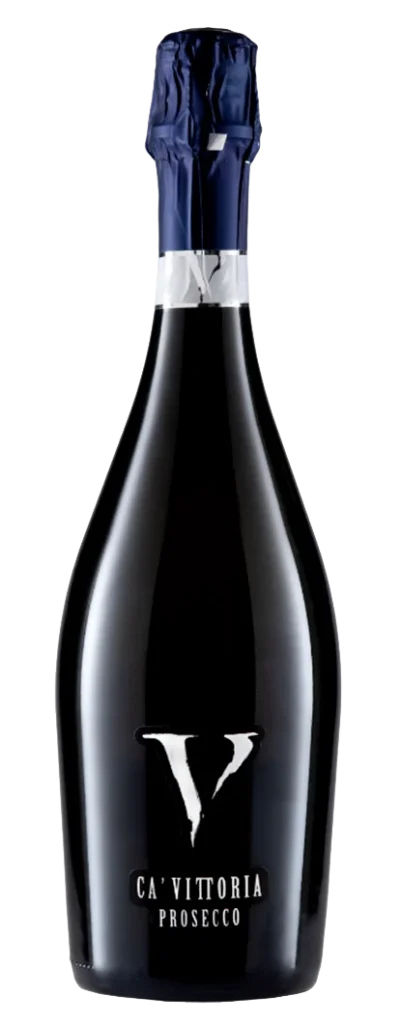
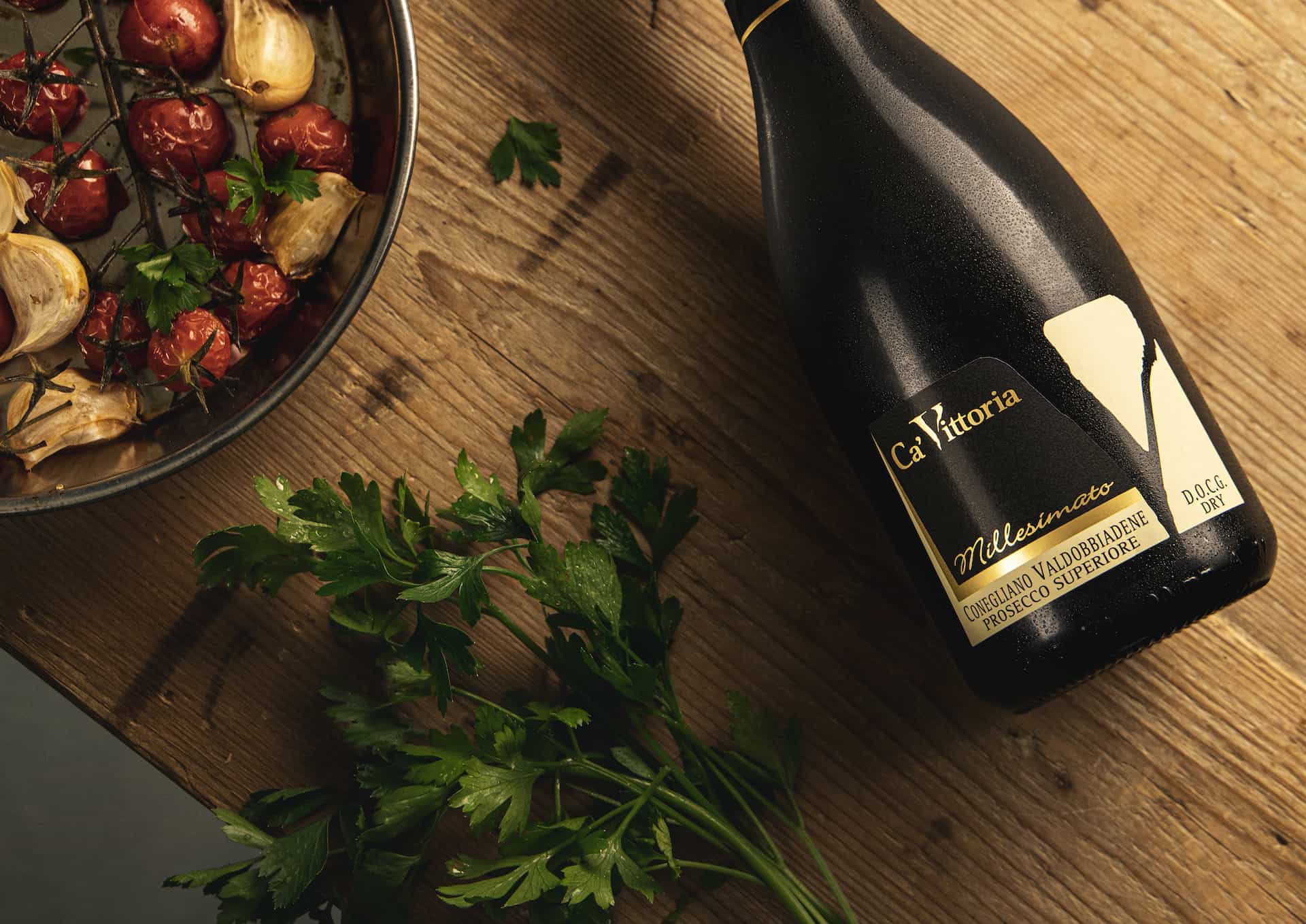

Millesimato
DOCG Dry
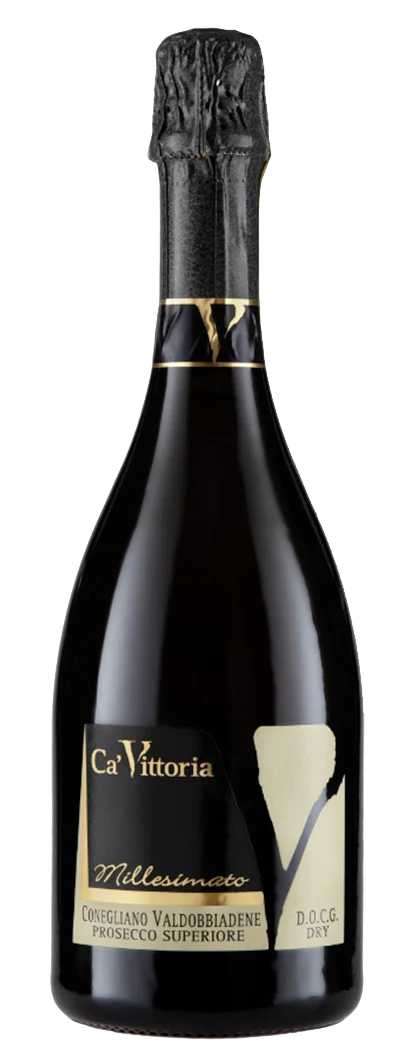

Conegliano Valdobbiadene
PROSECCO SUPERIORE
DOCG DRY MILLESIMATO
Colore: Giallo paglierino con tenui riflessi verdognoli.
Profumo: Aromi delicati, note fruttate e floreali che ricordano la frutta esotica matura.
Gusto: Elegante, con una giusta morbidezza che si accompagna alla leggera nota acida in modo equilibrato.
Conservazione e servizio: Le bottiglie vanno conservate in un ambiente fresco ed asciutto, lontano da luce e fonti di calore. Va servito ad una temperatura tra i 6 – 8 °C. Si consiglia un calice a tulipano piuttosto ampio.
Abbinamenti: Ottimo a fine pasto e perfetto accompagnatore di pasticceria secca, crostate di frutta e altri tradizionali dolci italiani.
Alcool: 11,5% vol.

La selezione
Le Eccellenze di Ca' Vittoria
